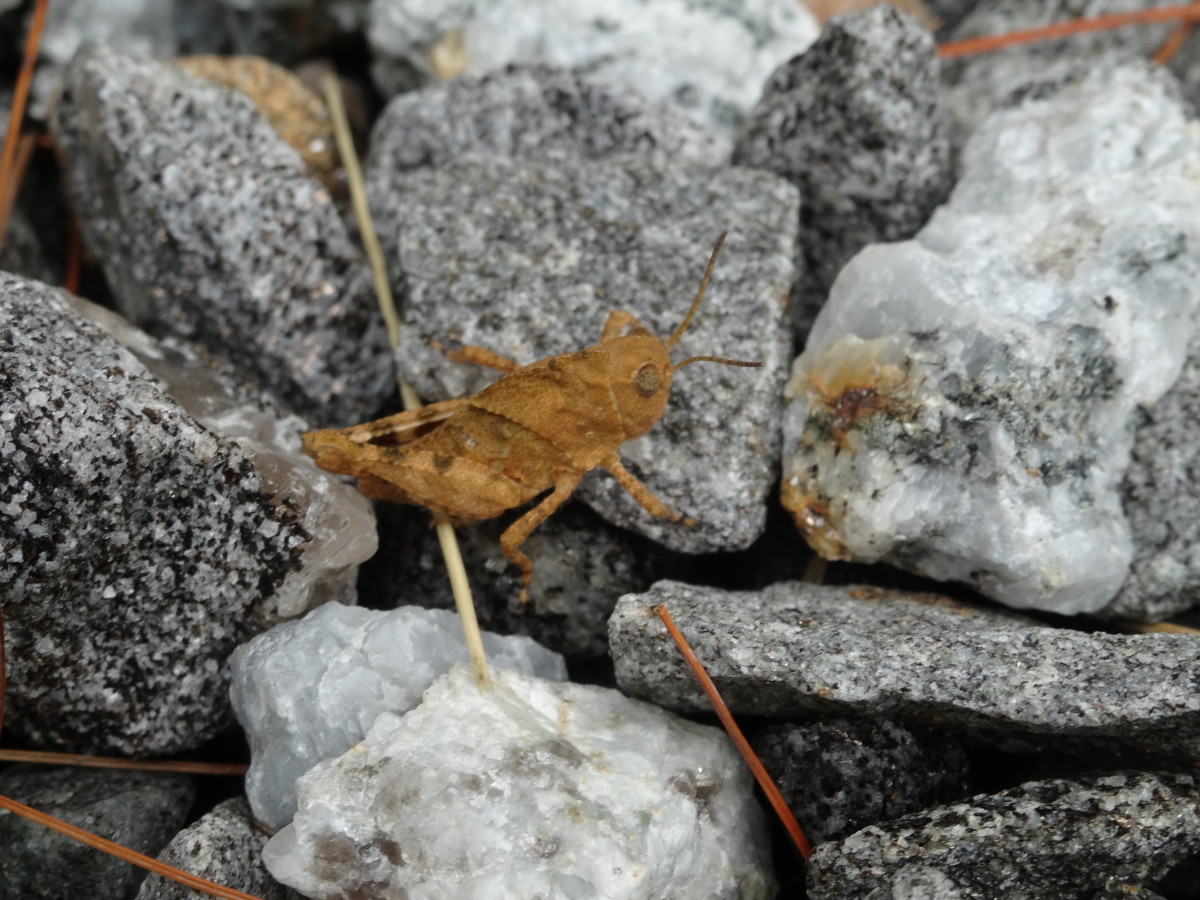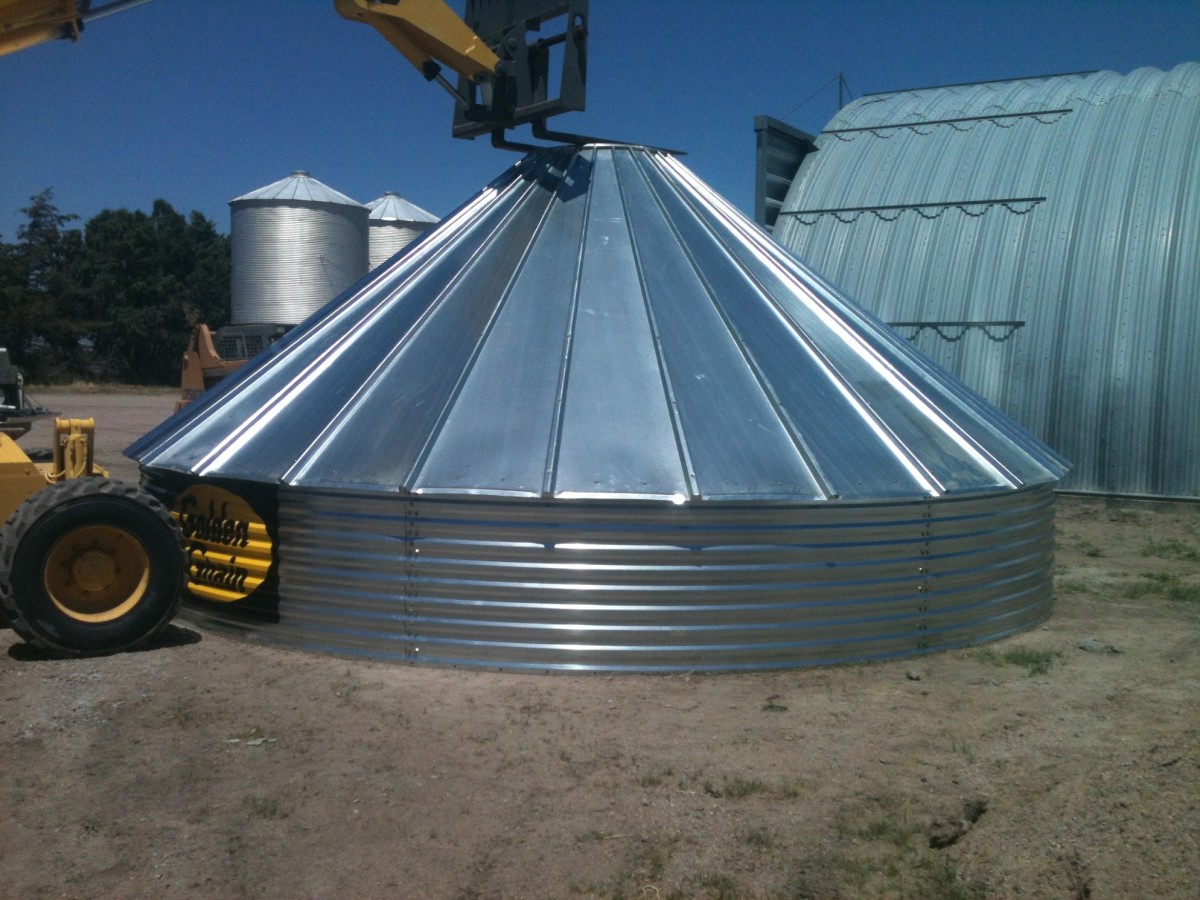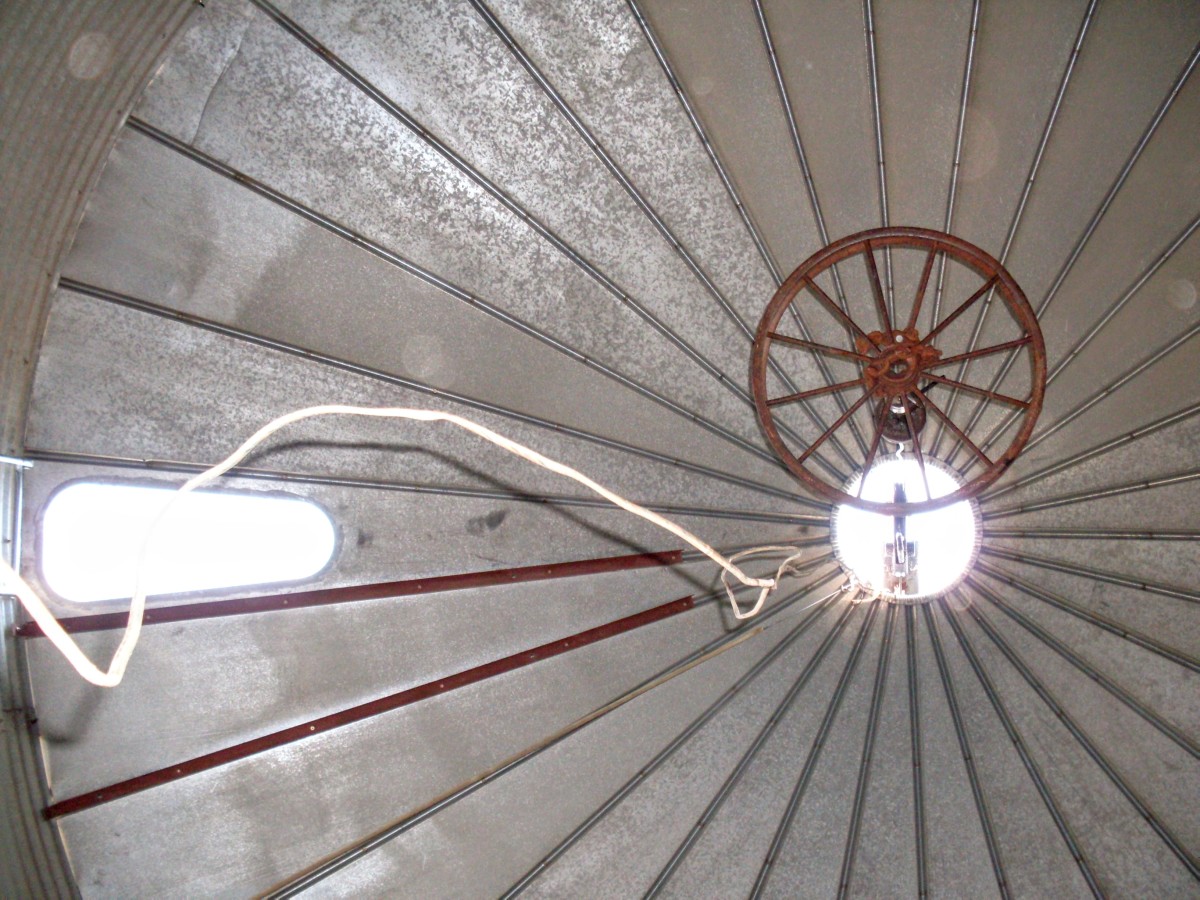Eating Insects Could be the Future.
Human Survival
There is nothing as heartbreaking, as seeing images of famine upon our television screens. Food is essential for human survival, yet many people lack the necessary protein to survive and maintain their physical health. The rearing of animals for food is a subject that is at times controversial, yet animals offer food to those who are unable to get protein from fungi or soya due to allergies or adverse physical reactions.
In the United Kingdom the government recommends that the average man needs around 2,500 calories per day to survive. In the Western world much of these calories come from starches and animal proteins/ fat. With a global population in excess of 7 billion, the need for a diverse diet will help to sustain the needs of all of its citizens.
Of course not everybody in the world gets the recommended level of calories and for some, they do not even have access to clean water. Starvation and hunger are a blight on our modern age. If we can send people into orbit, then we should really be able to feed every person on the planet.
Could Insects be a useful food staple, that could help feed the entire world?
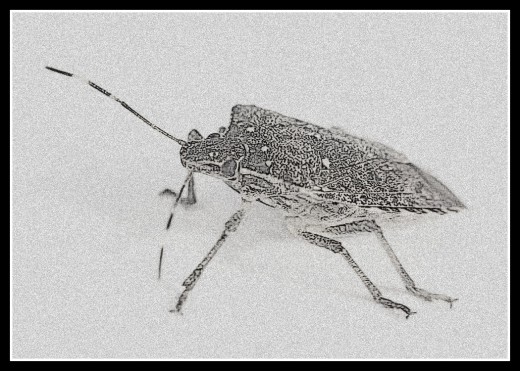
A Cost Effective Source of Protein.
To bring most meat to the market is a time consuming and energy intensive endeavour. Usually the meat that you have with your Sunday Lunch will have added dangerous greenhouse gases to the environment, removed natural habitat to make room for its food supply. Some animals destined for the table, may have consumed many times its own body weight in feed and used many litres of fresh water over its growth period. Most animals reared for food also require regular health visits which incur associated veterinary costs.
When compared to the minimal costs and slight environmental impact seen by industrial scale insect farming, there is a wide difference in the associated costs. Insects grow to maturity much quicker than conventional cattle. They require considerably less food and a fraction of the water needed will yield the same level of nutritional value.
There would also be very little in the way of veterinary costs, due to the rapid life cycle and reduced likelihood of contracting diseases. The Insect farms require considerably less land to produce the livestock's feed and for cattle's roaming. The farming of Insects can be undertaken in Industrial Units and the growing boxes can be stocked skywards or be located in areas usually unsuitable for the rearing of livestock( such as subterranean levels or caves).
There are also less costs when it comes to the eventual slaughter of the animals. Cattle are sent to an abattoir, which is another necessary expense. Whereas Insects are often killed by chilling them to a minimal state of activity before either drowning, boiling or continuing to freeze them to death. Many different methods are used and much of the dispatch method is usually based on which Insect is going to slaughter.
From Pest to Food.
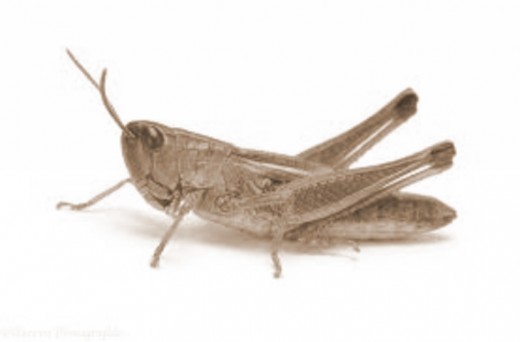
To Eliminate Pests
Every society that is able to cultivate crops, will face the challenge of pest control. If Insects are able to devour the cultivated food staples uninterrupted, then the harvest will be a failure and there could be a very real threat of starvation or scarcity of a product. Billions of dollars are spent annually across the world on pesticides to enable farmers to reach a good yield. Unfortunately, many of these chemicals contaminate the water table and pollute the rivers that are often the best source of fresh drinking water for millions of humans.
Many experts are encouraging farmers to investigate the benefits of farming the insects that prey upon their crops. By harvesting the hunter as well as the crop, farmers will be able to open up a fresh revenue stream which can benefit the entire food chain. In isolated cases in the Far East of Asia, rice growers have found that to capture the pests that decimate their rice paddies can prove a lucrative secondary enterprise. In parts of Africa, the pests picked by the farmers help to augment the family larder and add some much needed protein, vitamins and essential minerals to a diet that is often lacking in basic nutrition.
Quick Quiz
view quiz statisticsExtra Revenue.
The profits to be made on Insects compare favourable with conventional cattle. This combined with the time saved by switching to the rearing of Insects could allow conventional farmers to foster fresh revenue streams. If a former livestock farmer devoted a field to returning to nature and installed a few Beehives. The Insect farmer could utilize his land which he would normally leave for grazing and create additional income.
This land which would contain multiple hives could produce high quality honey, which is a highly prized natural resource which is seen increasingly as an essential health food. Manuka Honey from New Zealand is a high end honey which is sold throughout the world and is often regarded as the best that you can get on the market. The hives would also contain wax, which can be used for candles or numerous other uses.
But, more importantly, some species of Bee are of great food value. When your main sources of nutrition are dependent on the elements, it is always a good idea to have a reserve supply in case of emergencies.
A Product With Many Uses.
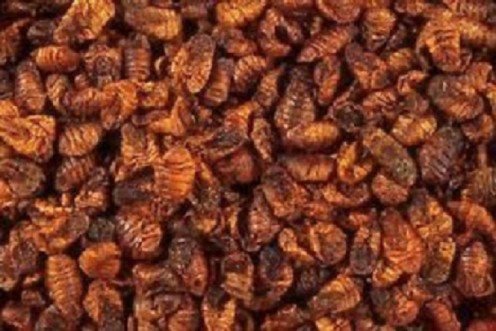
- Which Insects Could I Eat?
Insects could help eliminate or greatly reduce the amount of starvation that we see in the world. Could you include insects in your diet on a regular basis? Do they have any nutritional value?
All Year Round Access to Insects.
According to the United Nations there are an estimated 1400-1900 species of Insect that can be consumed by humans safely. Parts of the world have continually included Insects in their diets but some cultures frown upon the use of Insects as a viable food source. Many of the negative views on Insects as food are reinforced by seeing many species of Insects as "dirty" or "unclean". Europe and North American cultures are the most likely to ignore Insects as food, whereas Asian and southern hemisphere cultures are more open to the alternative source of protein.
In a farmed environment, Insects can be utilized throughout the year and because of a rapid growth cycle, the impact of ignoring seasons is minimal. In the wild, it is estimated that there are Quintilian's of Insects alive at this moment in time. So there is ample scope for organically farmed Insects and factory farmed Insects to satisfy the growing need for stable sources of nutrition.
Is consuming Insects a way to feed the world?
Also by the Author.
- Great Britain and the Invasion of the Germanic Tribe...
The tribes of modern day Germany, drastically changed the ethnic and cultural make-up of the people who we refer to as the people of the British Isles. - The Origins of English Place Names
Have you ever wondered why some English place names have a strange sounding name? This article will answer why these names have come into use and why they have remained intact into the modern age. - The Missing Templar Fleet of La Rochelle
The Knights Templar were the guardians of untold riches gathered from their time protecting the Christian pilgrims. Could their relics have been moved away by the Templar naval fleet at La Rochelle?
© 2018 Andrew Stewart

